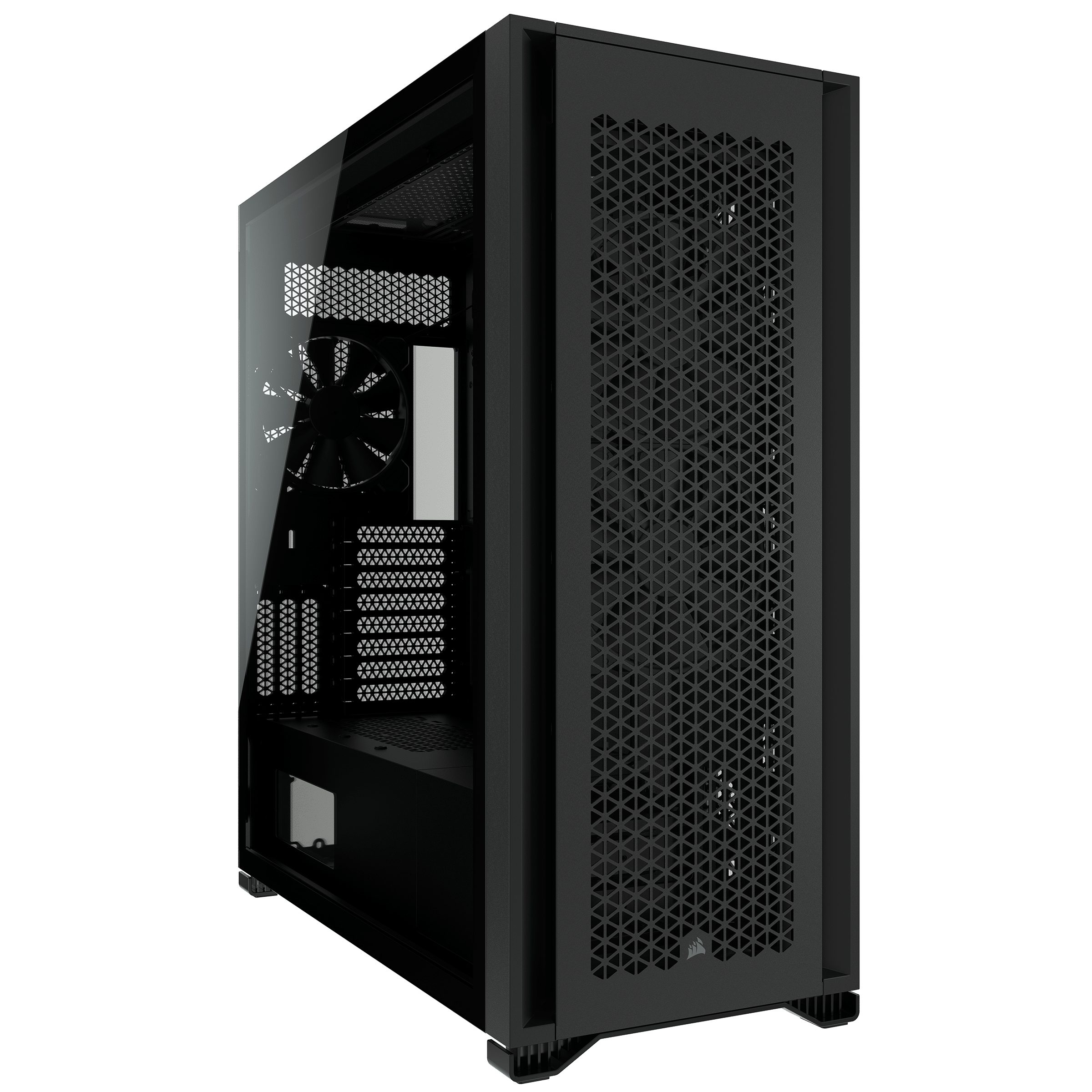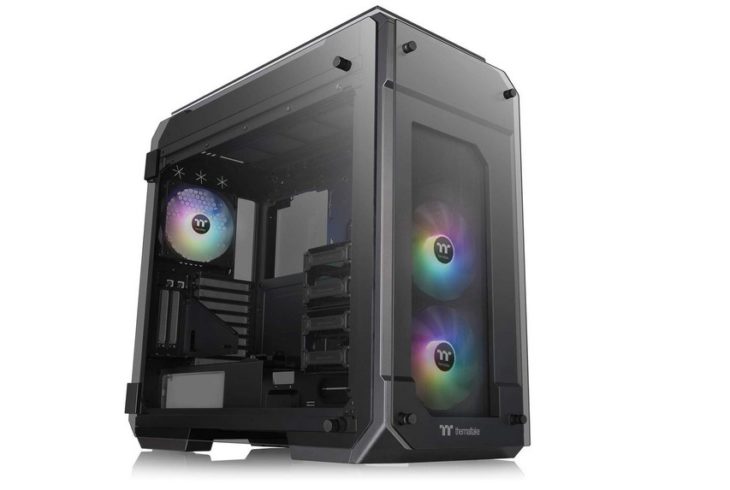
Many modern cases include USB-A Type 3, USB-C, and even fan or RGB lighting controllers as table stakes. Even cheap cases have a couple of USB-A Type 2.0 ports in the front.
#Cases with good airflow and c Pc#
It’s not a feature you’re likely to need often, but if you do, it’s a godsend.įront-panel connectivity: If you’ve got a lot of external devices, check out the front-panel connectivity of the PC case. Some cases include tie-off points or even wire covers behind the motherboard tray to keep your cabling clean.ĬPU cooler cut-away: Speaking of the motherboard tray, some nicer PC cases include large cut-outs in the section behind your processor, which let you replace your PC’s CPU or CPU cooler without ripping out your entire motherboard. Budget PC cases tend to have simple giant holes punched in the motherboard tray, while mid-range options frequently include rubber grommets in the holes to tidy things up even more. Tool-less design is nearly universal in mid-range and high-end cases, with thumb screws for internal fastening and twist-on, snap-on, or otherwise tool-free mechanisms in drive bays.Ĭable management: Look for a case with cut-outs in the motherboard tray, which allow you to route your cabling through the rear of your case. Tool-less design: In ye olden days, practically everything in a PC case required a Phillips screwdriver. Some cases come with tool-less brackets that make mounting hard drives really easy. A number of cases have been ditching 5.25-inch bays to improve airflow from the front-side fan(s)-most notably several Corsair cases. And if you need a 5.25-inch bay in the front of your PC to house an optical drive, fan controller, or whatever, confirm your case includes that. Some cases include mounting points for SSD on the rear of the motherboard tray, too. If that’s part of your build, make sure a PC case has enough 2.5-inch and 3.5-inch drive bays to house your storage drives. Many people still use traditional SATA-based SSDs or hard drives, though. Here’s a quick rundown of many of the features you’ll find in modern PC cases, starting with practical extras before delving into nice-to-haves.ĭrive bays and SSD mounting points: With recent trends towards using NVMe SSDs, room for large physical drives are less necessary with modern cases.


The more you spend on your case, the more goodies you’ll receive. Buy a PC case: Features to watch forĪside from the basic dimensions and price, feature support is the biggest differentiator when you’re buying a PC case. This case has a side window but I took off its whole side panel for this picture. If you don’t want to spend time neatening up your interior cabling, pass on cases with a side window. PC cases come in all sorts of colors, materials, and designs. We’ll get into feature details shortly, but around $100 is the sweet spot for price-to-performance when it comes to buying a PC case. You’ll start to find water-cooling compatibility worked into some cases in this price range, along with better cable management details, tool-less design, and aesthetic niceties like RGB lighting or tempered-glass side panels. Some-most notably much of Corsair’s case lineup-even eliminate 5.25-inch drive bays completely for better airflow. Some cases are built with more fans for higher performance others focus on silent design. Thiago Trevisan/IDGįeatures purely come down to personal preference or specifics needed for your build. They’re a lot more common in this price range, especially as you move up in cost. As always, be sure to check measurements to ensure your desired PC case can fit all your hardware, and you’ll also want to keep an eye on extra features. You’ll find a lot of variance in both design and construction in the midrange. Things open up in the $50 to $150-ish price range, which has seen a lot of advancement over the past few years. You won’t always find the option in this price range, though. Try to pick one that has two fans, one in the front of the case and another in the rear, for maximized air-flow, which helps cooling. If you’re spending $50 or less, you’re probably going to wind up with a bare-bones, nondescript case with few extra features.

Once you’ve decided how big of a PC case you need, the next step is figuring out your budget.


 0 kommentar(er)
0 kommentar(er)
